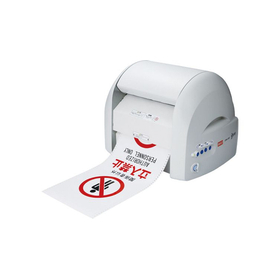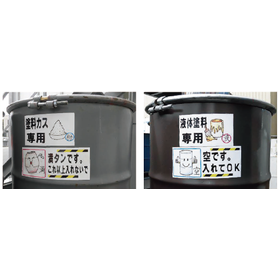Label Printer Occupational Accident Calendar (Case Study of Meiden Corporation)
Do not let past lessons fade away! Aiming for zero workplace accidents through digitalization and connectivity.
We will introduce a case study of Meidensha Corporation's Plant Construction Division, utilizing the Bepop printer, which allows for the creation of labels and displays in any size and shape, starting from just one piece. 【Overview】 ■ Company Name: Meidensha Corporation, Plant Construction Division ■ Main Business Activities: Power infrastructure, social systems, industrial electronic mobility, field engineering ■ Introduced Product: Bepop ■ Utilization Methods: - Unification of previously disparate displays - Participatory safety display activities that incorporate feedback from the field and allow employees to think about the display content themselves.
basic information
"Previously, it was a fixed design, so it was difficult to incorporate feedback, but now the flexibility is high, making it easier to reflect the voices of the workers," they shared, expressing the feeling of having bridged the gap with the field. For more details, please refer to the PDF.
Price range
Delivery Time
Applications/Examples of results
For more details, please refer to the PDF document of the case or feel free to contact us.
catalog(3)
Download All CatalogsRecommended products
Distributors
Our company creates "one-of-a-kind products" through a new product development process that starts with planning and conceptualization, merging needs and seeds under a thorough on-site principle, supported by a development environment. We maintain our position as "number one products" through the technology and intellectual property rights that realize our sales points. To responsibly supply products that satisfy our customers, we focus on team activities involving everyone through the practice of "three realities" (on-site, actual product, and reality), learning from the market, and advancing flexible responses to the diverse needs of the market along with the establishment of a quality control system.























































